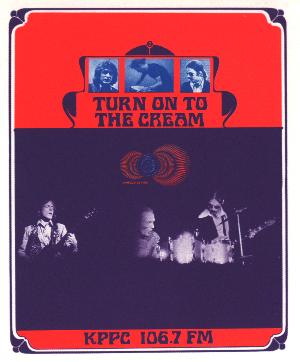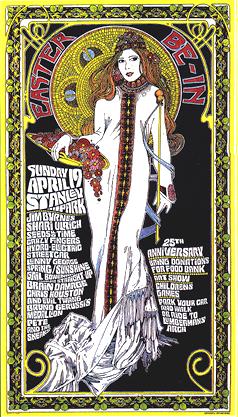Copyright 2000-2003 Paul Gouldhawke
Bob's work encompases the early bands of the psychedelic era and extends into current work for artists like Alanis Morrisette and Tori Amos. Many of his pieces are quite desirable to collectors.
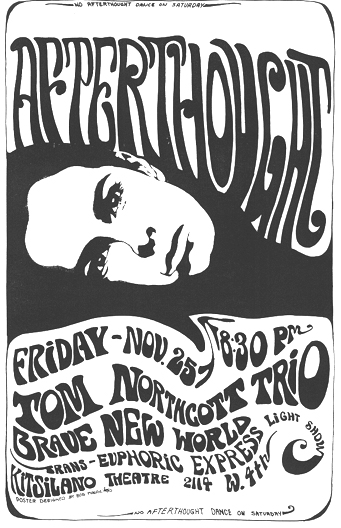
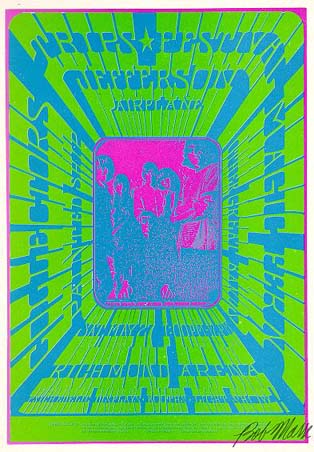
That's where the
Grateful Dead
and
Jefferson
Airplane would
stay when they came into town, so yeah, after each concert we'd always
go to parties over at the Peace House. I met the Grateful Dead,
partied with them and the Jefferson Airplane,
Steve Miller
and all of them - but they were nothing, they were just some
bands from San Francisco at the time, you know - nobody knew who they were!
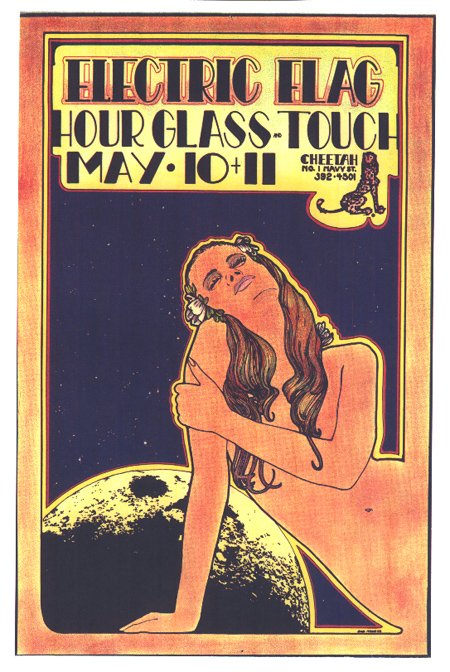
The agency and management unit had booked this group, paid a lot of money for this band to show up, and they didn't want these guys tripping out, getting into trouble, getting lost or whatever (laughs). That was fun, you can imagine a little Vancouver guy down there getting to meet all these people. I can remember chasing Jim Morrison around or following him anyway - he had this mauve-light purple colored Jaguar XKE. He'd be driving all over LA and he was driving fast too the bugger! We had to make sure he didn't get in any trouble. Every now and then we'd be up all night shadowing these bands. That was kind of a fun little thing. We shadowed a lot of bands, really, I remember- I met Janis Joplin, we shadowed Hendrix once. He was a short little guy - really surprising.
